Developing urban and sub-urban agriculture is an important solution to address the shortcomings and limitations of the urbanization process that is taking place strongly in Phu Tho province by taking advantage of small areas, vacant lots... in cities, towns, and townships for cultivation and livestock raising in accordance with land, climate, and hydrological conditions, ensuring ecological balance, ensuring landscape aesthetics, creating production and economic efficiency, and at the same time contributing to improving the quality of the living environment. In recent times, the agricultural sector and localities have focused on directing the promotion of the development of sub-urban agriculture, both promoting the restructuring of the sector towards efficiency and quality while protecting and creating a sustainable ecosystem according to the general trend.
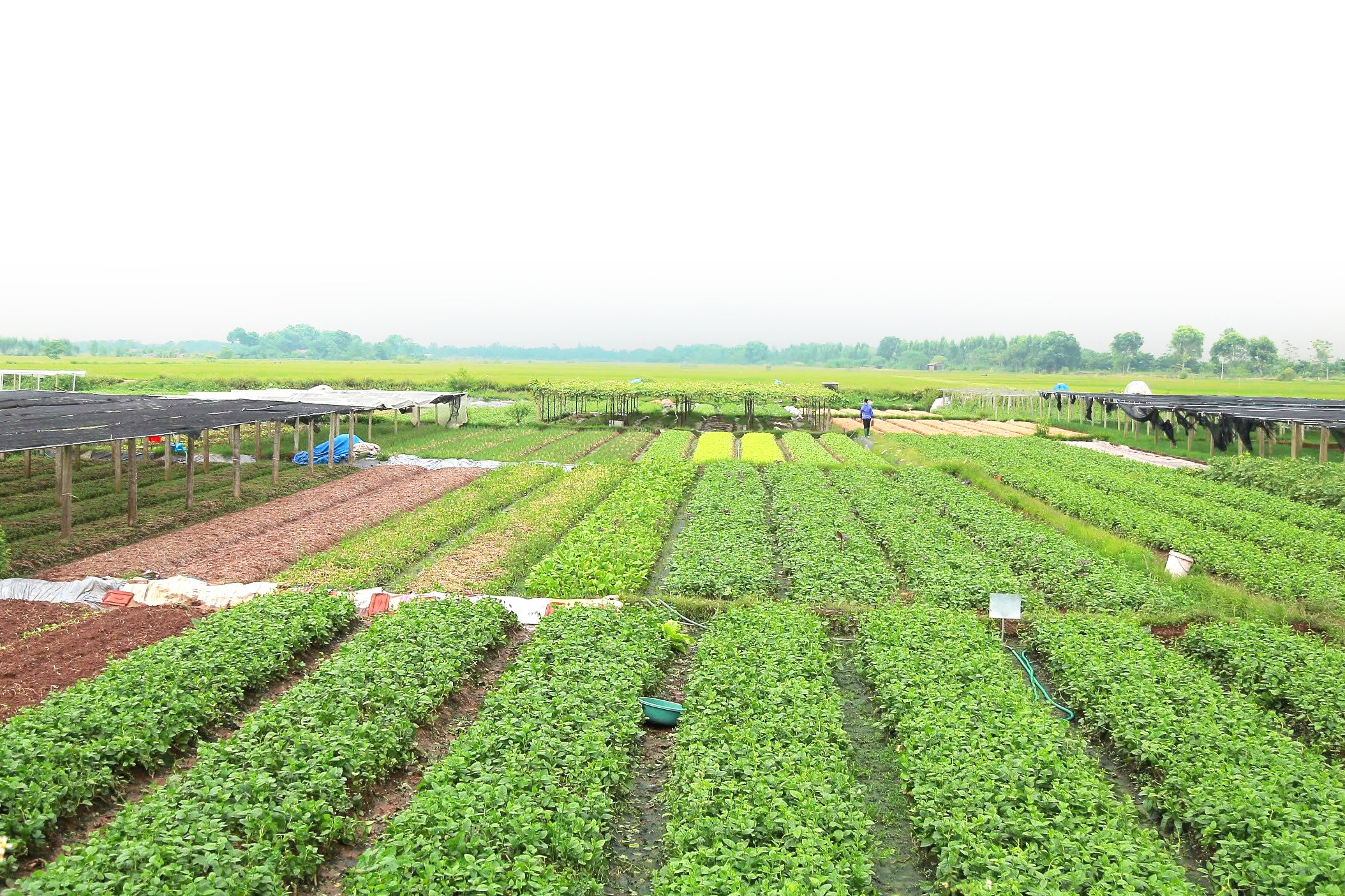
Inevitable trend
Developing sub-urban agriculture brings many benefits and socio-economic efficiency. Sub-urban agriculture has the potential to develop according to specialized models such as creating urban landscape space, providing many services and products for urban areas. Regional characteristics, urban and sub-urban areas with high population density, increased demand for agricultural goods and services, especially organic products, contribute to creating and expanding consumer markets, creating a premise for developing agriculture in a modern, high-tech direction, applying good and effective practices, forming concentrated commodity production areas that bring sustainable value.
Having the opportunity to visit safe vegetable villages in Viet Tri, Phu Tho town, it is easy to see the clear changes in scale, production process, harvesting, and consumption of the people. Tan Duc vegetable village, Minh Nong ward, Viet Tri city or Phu Loi vegetable village, Phong Chau ward, Phu Tho town... have been planned into concentrated production areas, establishing cooperatives. Production households are mobilized, encouraged, and guided to produce safely according to GAP and HACCP standards to have their products consumed, creating a stable output market. Some products have also been built and certified as OCOP products, helping to increase the value for producers. Suburban agriculture also helps localities exploit potential and advantages to restructure and develop traditional craft villages in accordance with the market economy.
In the traditional peach blossom craft village of Nha Nit, Thanh Dinh commune, Viet Tri city, in order to adapt to the development requirements, along with actively promoting and encouraging households in the village to continue to change the crop structure to expand the scale and improve product quality, the local government has created favorable conditions for peach growers to approach, understand consumer tastes, and diversify designs and products. Every year on the occasion of the Lunar New Year, the craft village provides traditional peach trees and various types of peach trees; grafted peach trees with 2 or 3 colors: Peach blossom, peach blossom, white peach. In addition, they also increase the planting of white apricot trees to diversify products. In addition, some households in the village also provide valuable peach tree planting services and rent peach trees for playing during Tet.
Comrade Nguyen Quang Huy - Chairman of Thanh Dinh Commune People's Committee said: "Currently, Nha Nit peach blossom village has nearly 130 households growing peaches on an area of 7.5 hectares with about more than 35,000 peach trees. The village's revenue reaches about more than 4 billion VND/year. Preserving and developing the traditional craft village stably and growing by expanding the scale of production, constantly investing in care; increasing the number of households growing peach blossoms, striving for an annual increase in peach blossom production value of 15-20%, expanding the consumption market, has contributed significantly to the socio-economic development of the locality".
In addition, sub-urban agriculture can also reuse waste to make fertilizer, irrigation water, etc., contributing significantly to reducing environmental pollution. Maintaining and developing traditional craft villages, especially flower and ornamental plant growing, will create a more beautiful urban landscape as well as contribute to preserving traditional cultural values in each region and area.
Affirming that sub-urban agriculture has been bringing efficiency, promoting socio-economic development. This model has made certain contributions to maintaining the growth rate of the province's agricultural sector at 3%/year; controlling and limiting environmental pollution, building a green, clean and beautiful urban landscape.
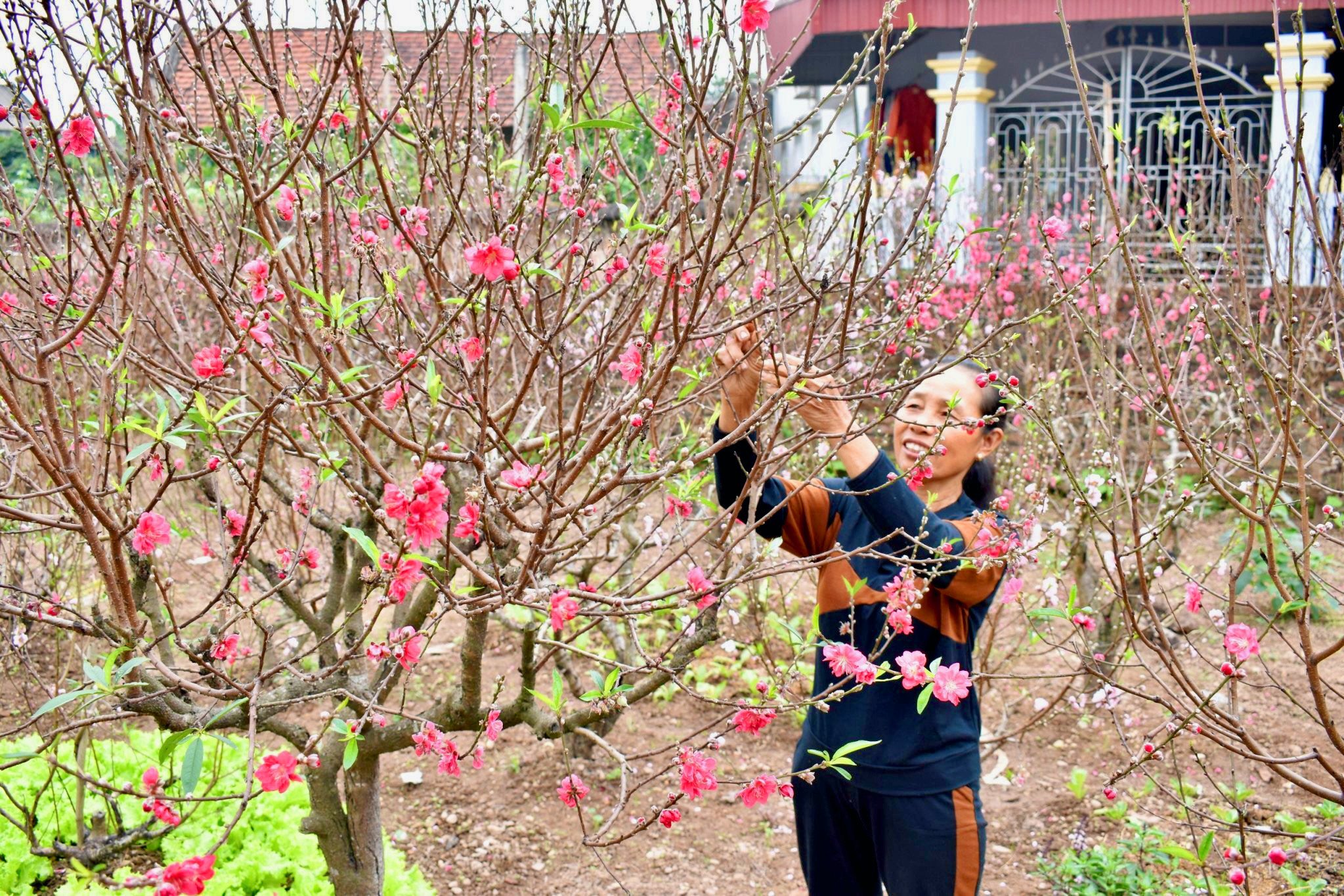
Harmonious integration of sub-urban agriculture
Investing in the development of sub-urban agriculture means investing in four better goals: better production, better nutrition, better environment and better health. In order for sub-urban agriculture to develop in the general trend as well as in accordance with reality, all levels, sectors and localities of the province are resolutely implementing it. Many sub-urban agricultural production models, especially specialized vegetable growing areas, are planned and put into operation, applying science and technology that do not cause environmental pollution, associated with processing, preserving and consuming products.
In localities, sub-urban agriculture is also identified as one of the key tasks to ensure harmonious and balanced agricultural development. Located in the province's dynamic economic zone, there are about 7,000 hectares of annual cultivated land, of which the agricultural land area is over 5,500 hectares, which are advantages for Lam Thao district to develop sub-urban commodity agricultural production. Lam Thao has issued Resolution No. 04-NQ/HU, dated January 8, 2021 of the District Party Committee on developing sub-urban commodity agricultural production in the period 2020-2025.
Comrade Tran Ngoc Dung - Deputy Head of the Department of Agriculture and Rural Development of Lam Thao district said: "Lam Thao implements the development of sub-urban agriculture according to the policy of linking agricultural production planning with the general planning of communes and towns for the period of 2021-2030, in which planning concentrated production areas for products with potential and advantages for development in the direction of commodities. Focus on bringing high-quality rice varieties into production; developing vegetables, tubers, and fruits in communes and towns, focusing on expanding the area, strengthening production linkages, and product consumption... Thanks to that, the production value per unit of cultivated area of the district increases every year; the locality has formed a commodity production area, building a brand for agricultural products with strengths such as high-quality rice, safe vegetables; building 8 linkage chains in production and consumption of agricultural products...".
The benefits are clear, but urban agriculture is still affected by traditional, small-scale production methods, which limit productivity and product quality. In addition, a part of the elderly labor force has difficulty accessing scientific and technological advances, and is not proficient in searching for information via the internet, so they are still passive, mainly using traditional agricultural practices...
In order for sub-urban agriculture to develop sustainably, contributing to economic growth and environmental protection, the province needs to promote the development of ecological agriculture, modern countryside, civilized farmers associated with the preservation and promotion of cultural values, traditional history of the nation; at the same time, prioritize the construction of green belts, ensure the living environment; focus on developing seed technology, preservation technology, post-harvest processing associated with the development of product consumption markets. The provincial agricultural sector also needs to focus on restructuring, improving production efficiency, developing ecological agriculture, high technology, forming concentrated and competitive commodity production areas, and sub-urban agricultural areas.
Le Oanh
Source: https://baophutho.vn/loi-ich-kep-tu-nong-nghiep-can-do-thi-227476.htm


![[Photo] Cultural, sports and media bloc at the 50th Anniversary of Southern Liberation and National Reunification Day](https://vphoto.vietnam.vn/thumb/1200x675/vietnam/resource/IMAGE/2025/4/30/8a22f876e8d24890be2ae3d88c9b201c)
![[Photo] The parade took to the streets, walking among the arms of tens of thousands of people.](https://vphoto.vietnam.vn/thumb/1200x675/vietnam/resource/IMAGE/2025/4/30/180ec64521094c87bdb5a983ff1a30a4)






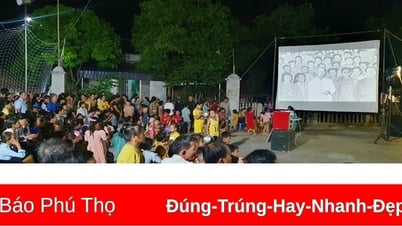
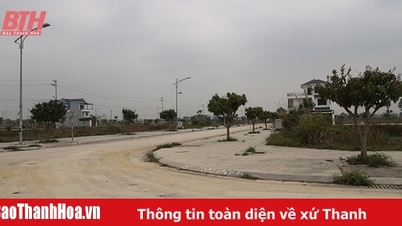
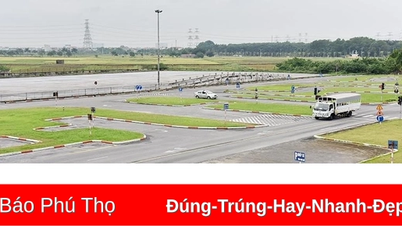
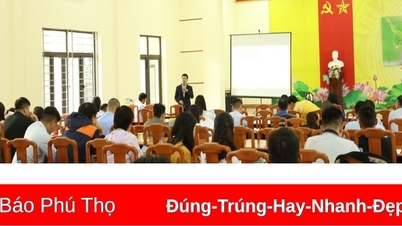
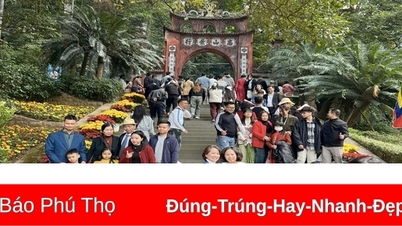
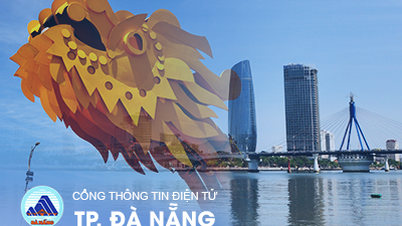
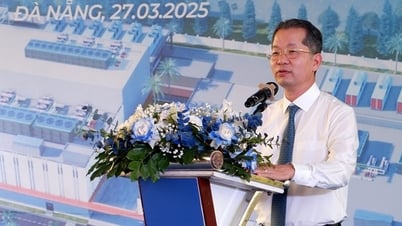



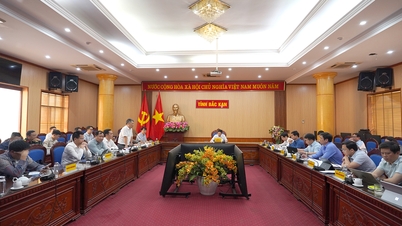





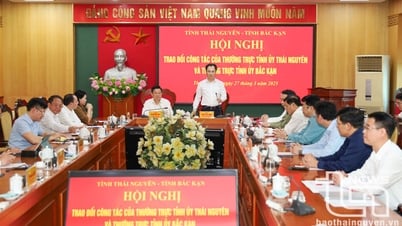




![[Photo] Chinese, Lao, and Cambodian troops participate in the parade to celebrate the 50th anniversary of the Liberation of the South and National Reunification Day](https://vphoto.vietnam.vn/thumb/1200x675/vietnam/resource/IMAGE/2025/4/30/30d2204b414549cfb5dc784544a72dee)





















































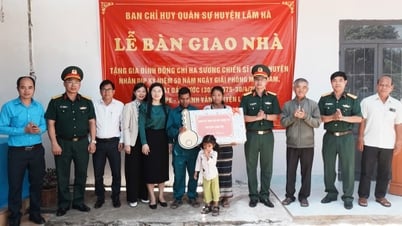














Comment (0)